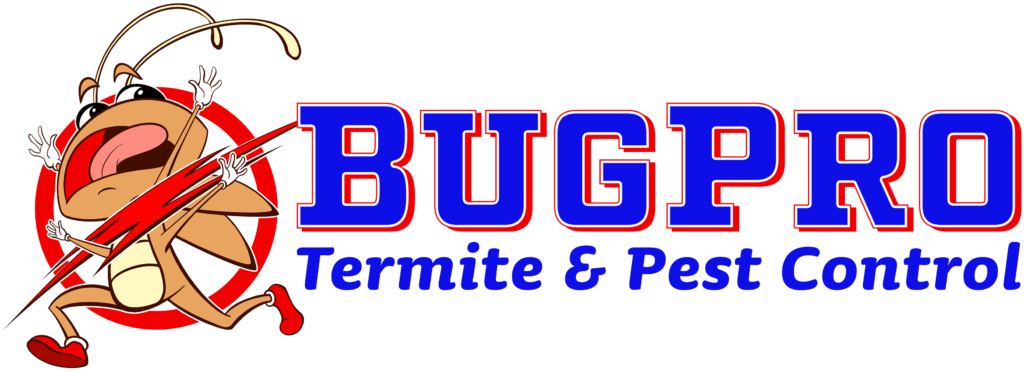
Crane flies, often mistaken for oversized mosquitoes, are fascinating insects that belong to the family Tipulidae. Despite their somewhat intimidating appearance, crane flies are harmless to humans and play unique roles in ecosystems. Here’s everything you need to know about these gentle giants:
Appearance
– Size: Crane flies are known for their large size, often ranging from 15 to 25 mm, with some species reaching up to 60 mm in length.
– Body: They have slender, elongated bodies, with delicate and easily breakable legs that give them a very fragile look.
– Wings: Crane flies have two long, transparent wings that they hold straight out when at rest.
– Antennae: Their long, thin antennae are noticeably filamentous.
– Mouthparts: Unlike mosquitoes, crane flies have short, non-functional mouthparts that are not adapted for biting.
Life Cycle*
Crane flies undergo a complete metamorphosis with four distinct stages:
1. Egg: Female crane flies lay eggs in moist soil or water. Each female can lay around 300 eggs at a time.
2. Larva: The larval stage, commonly referred to as leatherjackets, lasts several months. The larvae are worm-like and have a tough, leathery skin. They primarily feed on decaying organic matter, plant roots, and other soil components.
3. Pupa: The pupal stage is a transitional phase where the larva transforms into an adult. This stage usually takes place in the soil or in the water.
4. Adult: Adult crane flies have a short lifespan, typically living only a few days to a week. During this time, their primary purpose is to mate and lay eggs to continue the species lifecycle.
Habitat
Crane flies are found worldwide and thrive in humid environments. They are commonly seen in areas such as:
– Near streams, ponds, and wetlands
– Damp soil and leaf litter
– Moist, grassy fields and gardens
Behavior
– Flight: Crane flies are relatively weak fliers and often appear to be clumsy as they hover around. They are mainly active during the evening and night.
– Feeding: Adult crane flies generally do not feed, although some may consume nectar. Their primary focus is reproduction.
– Larval Feeding: The larvae play a crucial role in breaking down organic matter in the soil, contributing to nutrient recycling and soil aeration.
Ecological Importance
Crane flies serve several critical functions in ecosystems:
– Decomposers: The larvae help break down decomposing plant material, aiding in nutrient cycling.
– Food Source: Crane flies are an important food source for birds, amphibians, and other insectivores.
Common Misconceptions
Crane flies are often subject to myths and misunderstandings:
– Giant Mosquitoes: Due to their resemblance to mosquitoes, many people mistakenly believe that crane flies are giant, blood-sucking insects. In reality, they do not bite and are harmless to humans.
– Mosquito Eaters: Some people call them “mosquito hawks” or “mosquito eaters,” mistakenly thinking that they prey on mosquitoes. However, adult crane flies do not feed on mosquitoes or any other insects.
Dealing with Crane Flies
While crane flies are harmless, their presence indoors can be unsettling. Here are some tips for managing them:
– Seal Entry Points: Ensure that windows and doors are well-sealed to prevent crane flies from entering your home.
– Reduce Outdoor Lighting: Crane flies are attracted to light, so reducing outdoor lighting during peak activity times can decrease their presence around your home.
– Natural Habitat: Enhance garden and lawn health by maintaining appropriate watering and mowing practices to naturally deter high populations of crane flies.
Crane flies, though often misidentified and misunderstood, are benign and play a vital role in nature. Recognizing their unique characteristics and ecological value helps foster better appreciation and more harmonious coexistence with these gentle creatures.